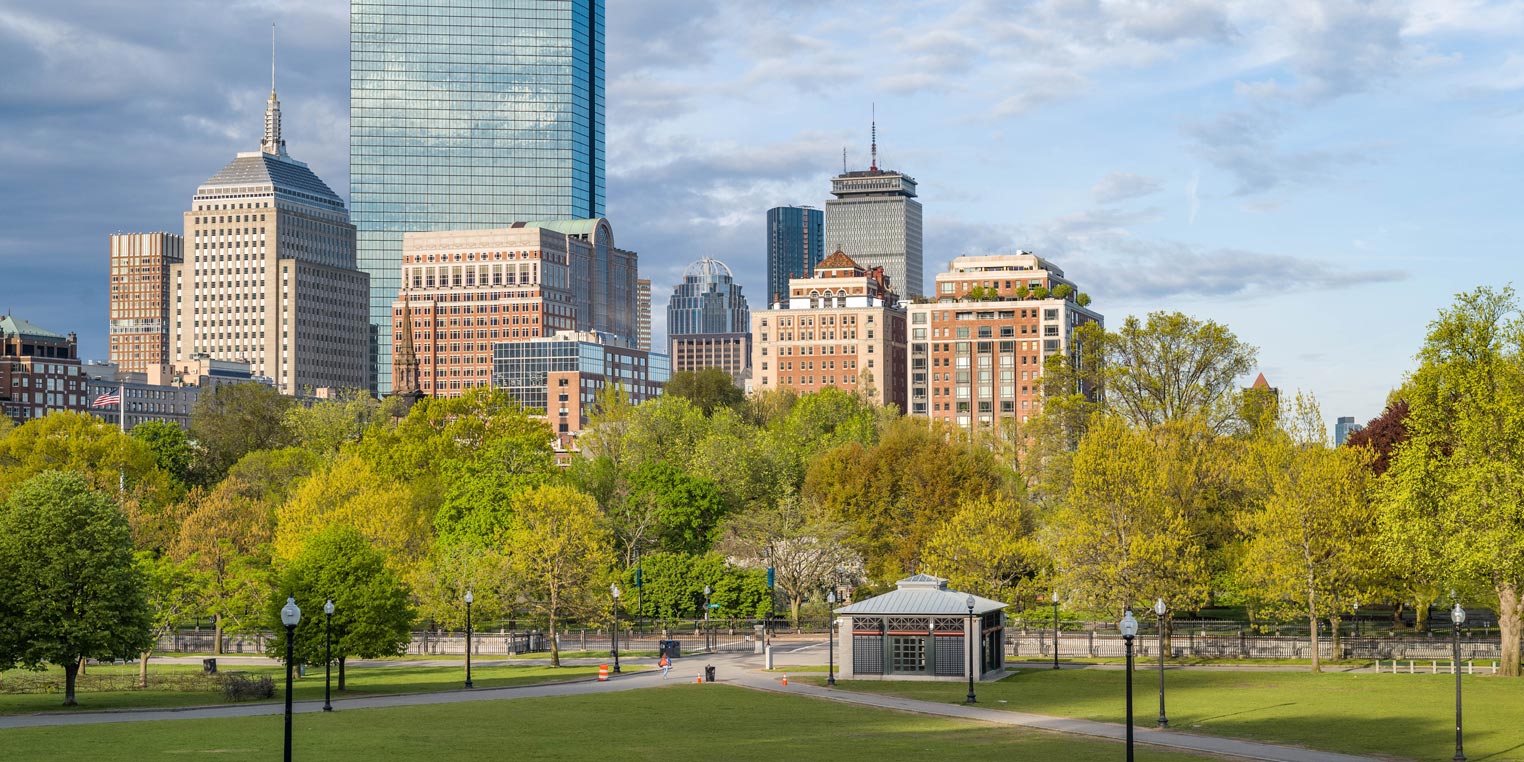Streetscape design and the resurgence of the American City Center
In 2023, 83.3% of people in the U.S. live in urban areas. In 1950, this rate was 64%. Americans are rediscovering the benefit of living, shopping, and recreating in “downtown” locations in large urban areas and smaller rural cities. The American city center is making a comeback.
This trend can be attributed to numerous factors, including but not limited to
1) The rise of the millennial generation. Millennials are more likely to live in cities than previous generations. They are also more likely to value walkability, bikeability, and access to public transportation.
2) Changes in how Americans work. The emergence of the knowledge economy and the post-pandemic expectation of remote-work flexibility has placed a premium on enjoyable community spaces like parks, cafes, and other spaces where a sense of place is recognizable.
3) An awareness and desire for increasingly sustainable and livable public spaces. This trend leads to investments in public transportation, walkable and bikeable streets, and green areas.
Promoting more Livable and Attractive City Centers
Various efforts are underway in the United States to improve the livability of city centers and urban areas. Multiple stakeholders are undertaking these efforts, including government agencies, non-profit organizations, and private businesses.
Local and federal governments have also recognized the demand for and the benefits of more livable and attractive city centers. The following federal agencies are investing in the revitalization and sustainability of downtown areas: Department of Housing and Urban Development (HUD), Department of Transportation (DOT), Environmental Protection Agency (EPA), Small Business Administration (SBA), and Economic Development Administration (EDA). These agencies have developed numerous programs to support urban development, including Community Development Block Grant (CDBG), the HOME Investment Partnerships Program (HOME), the Neighborhood Stabilization Program (NSP), the Brownfields Program, and the Smart Growth Initiative.
Streetscape Design and Other Strategies for Urban Sense of Place
Some common strategies for improving livability include 1) Expanding access to public transportation to make it easier for residents to get around without a car, which can reduce traffic congestion, air pollution, and noise levels. 2) Promoting mixed-use development that combines residential, commercial, and office uses. This development can create more vibrant and livable communities by providing residents with access to jobs, shops, recreation, and services. 3) Making streets more walkable and bikeable to encourage people to get more exercise and reduce their reliance on cars. 4) Create and maintain green spaces, such as parks, walking paths, and gardens, to provide residents with places to relax and recreate. 5) Create a memorable sense of place with decorative streetscape elements such as lamp posts, benches, bike racks, bollards, waste receptacles, and cluster mailboxes that enhance the style of the city center and neighboring areas. 6) Street and information signs designed for vehicle traffic, as well as pedestrians and bike riders.
Across the nation, several initiatives are underway to improve livability. A few of these include:
- Seattle is working to create a “15-minute city” where residents can live, work, and play within a 15-minute walk or bike ride of their homes.
- In Pittsburgh, the city has invested in its riverfront to create a more vibrant and attractive public space.
- Detroit is working to improve its neighborhoods by planting trees, demolishing abandoned buildings, and creating new community spaces.
- The city of Birmingham, Alabama, is also undergoing a revitalization effort. The city has invested in new parks and public spaces, attracting new businesses and residents.
Smaller Communities Also Investing in Downtown Livability
Large cities are not the only locations where city centers are experiencing a resurgence. The city of Erwin, TN, created a thriving downtown activity center, where residents can safely walk to the various amenities and services that draw them to the area.
The city of Springfield, OH, once the focal point of the 1983 Newsweek special 50th-anniversary edition “The American Dream,” has invested in its city center to become a place to “work, live, play.” This investment included a decorative lights and streetscape project that connected an upgraded bridge to the downtown.
Choose the right streetscape partner
Brandon Industries is well-positioned to assist communities looking to create a sense of place in their city centers. We manufacture and distribute residential, municipal, and commercial streetscape components, including mailboxes with classic designs and customized street signs and lamp posts.
Streetscape components are an essential part of any effort to revitalize a city center or downtown neighborhood. Pedestrian-friendly public spaces such as parks, squares, and other shared spaces should be designed to be accessible and inviting to pedestrians. Decorative lighting, benches, bike racks, and signage can play a significant role in creating a sense of place. These elements can help to make a place more visually appealing, comfortable, and inviting. They can also help convey a place’s unique character and identity.
For example, decorative lighting can be used to create a warm and welcoming atmosphere in a public space. It can also be used to highlight architectural features or landmarks. Benches can provide places for people to rest and socialize. They can also be used to create gathering spaces in parks and other public areas. Bike racks can encourage people to bike to their destinations, which can help to improve air quality and reduce traffic congestion. Signage can help people to navigate a place and learn about its history and culture.








